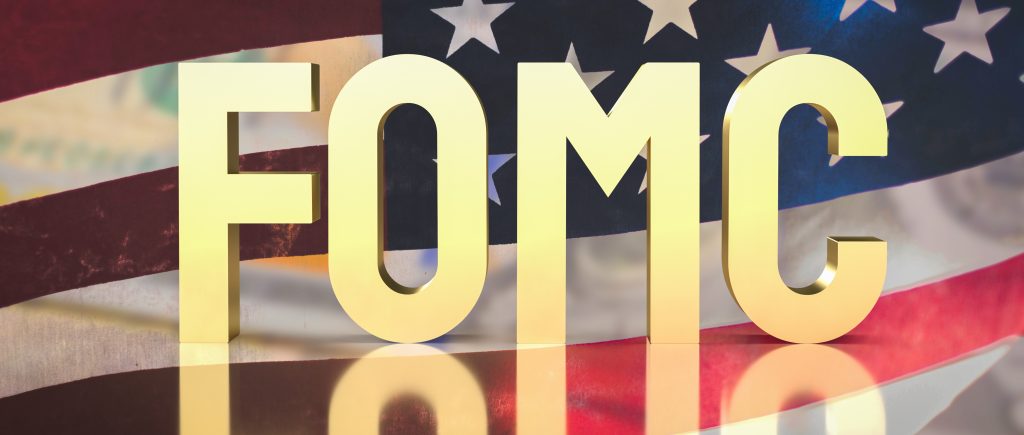The minutes from the Federal Reserve’s September meeting reveal a distinct tilt toward continued monetary accommodation throughout 2025. Facing a backdrop of economic deceleration in the United States, the majority of participants on the Federal Open Market Committee (FOMC) believe that further interest rate reductions are the appropriate course of action to sustain economic growth. Divided Fed officials saw another two interest rate cuts by the end of 2025, according to the minutes.
The Case for Continued Easing
The core argument supporting this dovish shift centers on dual economic concerns: the decline in inflationary pressures and the discernible weakness in the labor market over recent months. For most committee members, additional rate cuts are viewed as a necessary and appropriate step to shore up economic activity. This stance reflects a proactive desire to use policy flexibility to counteract the current slowdown.
According to the minutes, the recent decision to lower the target range for the federal funds rate places the committee in a better position to respond swiftly to any potential negative economic developments. While many members supported the move toward lower rates, there was a divergence of views regarding the exact level of restrictiveness in the current monetary policy and the precise path forward. Nonetheless, the overall sentiment leaned heavily toward maintaining the policy of easing for the remainder of this year.
Policy Flexibility Amid Uncertainty
Even with the majority’s clear preference for easing, policymakers underscored the importance of data dependency. Participants stressed that monetary policy must remain flexible and adjustable based on evolving market and economic conditions. This cautious approach acknowledges the significant uncertainty surrounding the future trajectory of the global economy.
The push for continued easing occurs at a time when markets have already priced in expectations for further rate cuts from the Federal Reserve in upcoming meetings. Such a trajectory is generally seen as supportive of riskier assets, particularly equities. The Federal Reserve’s current approach attempts to balance the need to stimulate economic activity and maintain financial market stability, all while navigating a complex landscape.
Why the Dovish Majority Prevailed
The results from the September FOMC meeting clearly signaled a preference among most members for deeper rate cuts. This support for easing was voiced despite persistent consumer and producer inflation levels that remain somewhat above the central bank’s target. The overriding concern that solidified the majority’s stance was the deterioration in US labor market conditions.
Although the September vote to cut rates was not unanimous, the vast majority of policymakers favored the rate reduction and signaled openness to additional cuts in future meetings. This move underscores a conviction that the risks to the labor market outweigh the near-term risk of a slightly elevated inflation rate. The policy bias is clear: the Federal Reserve is prioritizing support for employment and growth, believing that continued accommodation is the most prudent strategy in the face of domestic and global headwinds.
 Noor Trends News, Technical Analysis, Educational Tools and Recommendations
Noor Trends News, Technical Analysis, Educational Tools and Recommendations





